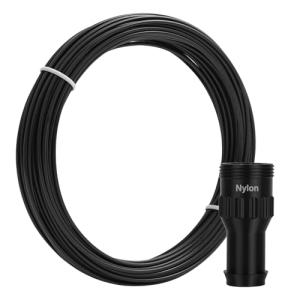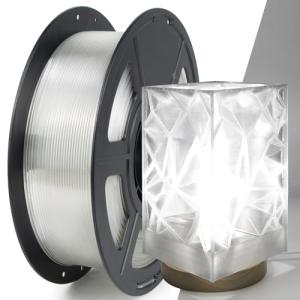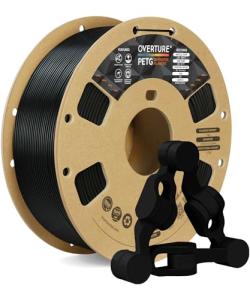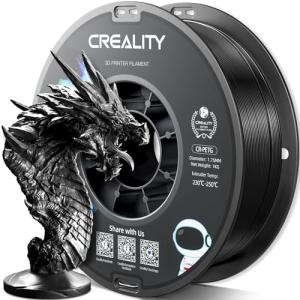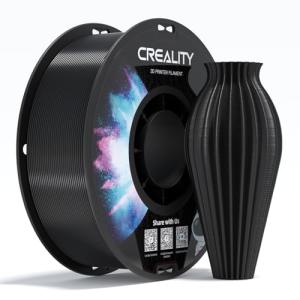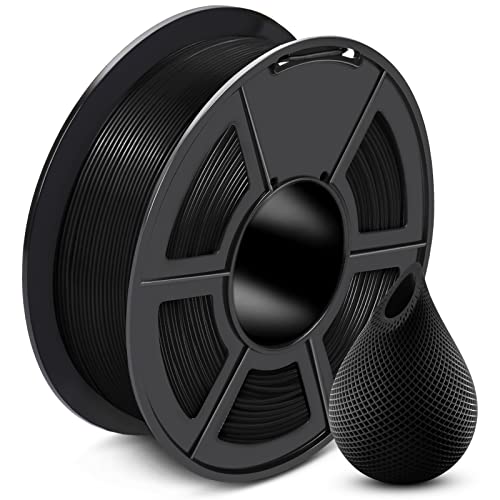If you’re just diving into the world of 3D printing, choosing the right software can feel overwhelming. But don’t worry! There’s a bunch of great 3D printing software options that are perfect for beginners. Here’s a quick rundown of three popular picks that make starting your 3D printing journey a breeze.
Tinkercad is like the friendly sidekick of 3D design. It’s a web-based application, which means you can access it from anywhere. Tinkercad uses simple drag-and-drop features, so you can create models without any complicated tools. Plus, it’s totally free! You’ll find a ton of tutorials that help you get the hang of it quickly.
Fusion 360 is a step up if you want more advanced features while still being user-friendly. This powerful software gives you access to a wide range of tools for both beginners and experienced designers. It’s great for creating intricate designs, and even though it’s more complex than Tinkercad, it comes with helpful guides and community support. You can get a free version for personal use, which is a sweet deal.
Cura is excellent for slicing your designs and getting them ready for printing. It’s open-source and super customizable. Once you’ve created your model in another program, you just import it into Cura. You can tweak settings like print speed and material choice to fine-tune your print. It’s straightforward, and there are many resources available to help you figure things out.
Best Software for Advanced Users
If you’re an advanced user looking to get the most out of your 3D printing experience, the right 3D printing software can make a huge difference. You'll want something that offers powerful features and flexibility, letting you push the boundaries of what you can create.
First up, we have Fusion 360. This software is a favorite among engineers and designers. It combines CAD, CAM, and CAE tools, making it perfect for those who want to design intricate models and prepare them for printing. The parametric modeling feature lets you easily adjust your designs, which can save a ton of time in the long run.
Another great option is Cura. This open-source slicer is widely used for its user-friendly interface and powerful customization options. It’s great if you like to tweak settings for different 3D printers and materials, giving you full control over the printing process. Plus, it’s regularly updated with new features to keep things fresh.
Let's not forget about Blender. If you're into artistic 3D modeling, this software is a game-changer. It’s perfect for creating detailed animations and complex designs. While it has a steeper learning curve, the possibilities are endless once you get the hang of it. You can export your creations directly for 3D printing, making it easy to turn your ideas into reality.
50g Black Nylon Filament 1.75mm for 3D Printing
Durable and versatile nylon filament perfect for your 3D printing projects
Product information
$9.99
Product Review Score
4.84 out of 5 stars
146 reviewsProduct links
Free 3D Printing Software to Try
If you're diving into the world of 3D printing, you can't skip the software part. Luckily, there are some fantastic free 3D printing software options that make it super easy to get started. Whether you're a total newbie or have some experience, these tools can help you create amazing designs without breaking the bank.
One great choice is Ultimaker Cura. It's user-friendly and offers loads of features, like pre-set profiles for different 3D printers and the ability to customize settings. You can easily adjust layer height, speed, and infill to get the perfect print. Plus, it’s compatible with many file formats, so you won’t have to worry about compatibility issues.
Another popular option is Blender. Although it's known for its animation and graphics, Blender is also a powerful tool for creating 3D models. It has a bit of a learning curve, but once you get the hang of it, the possibilities are endless. You can design detailed models and even animate them if you want to take it a step further.
If you want something really straightforward, check out Tinkercad. It’s perfect for beginners with a simple drag-and-drop interface. You can quickly create basic shapes and combine them into something unique. Plus, it runs in your browser, so there’s nothing to download or install.
Lastly, FreeCAD is fantastic if you’re looking for more advanced features. It’s open-source and great for designing more technical projects. You can create parametric models, which means you can easily adjust dimensions and features on the fly. It’s a little more complex, but totally worth it if you’re looking to get serious about your 3D printing journey.
IEMAI Clear PETG 1.75mm Filament for 3D Printing
Experience smooth printing with this high-quality, clear PETG filament that's perfect for your next creative project
Product information
$22.99 $16.99
Product Review Score
4.22 out of 5 stars
223 reviewsProduct links
Features to Look for in Software
When diving into 3D printing, choosing the right software can feel a bit overwhelming. You want something that makes your life easier, not harder! Here are a few key features to look for in your 3D printing software.
First off, user-friendliness is a must. You shouldn’t have to spend hours figuring out how to navigate your software. Look for intuitive interfaces with clear menus and tutorials. This is especially important if you’re just starting and want to jump right into your projects.
Compatibility is another biggie. Make sure the 3D printing software works well with your specific printer model. Check if it supports different file formats like STL or OBJ. You want your designs to transfer smoothly without any hassle.
Design tools are key too. Look for software that offers a range of modeling options. Whether you want to create intricate details or simple objects, having versatile design features will make your projects shine. Some programs even let you tweak existing models, which is a game-changer!
Lastly, don’t forget about support and community. A solid support system can save you time and stress. Look for software with an active community or good customer support. This way, you can easily find answers to your questions or get help when needed.
